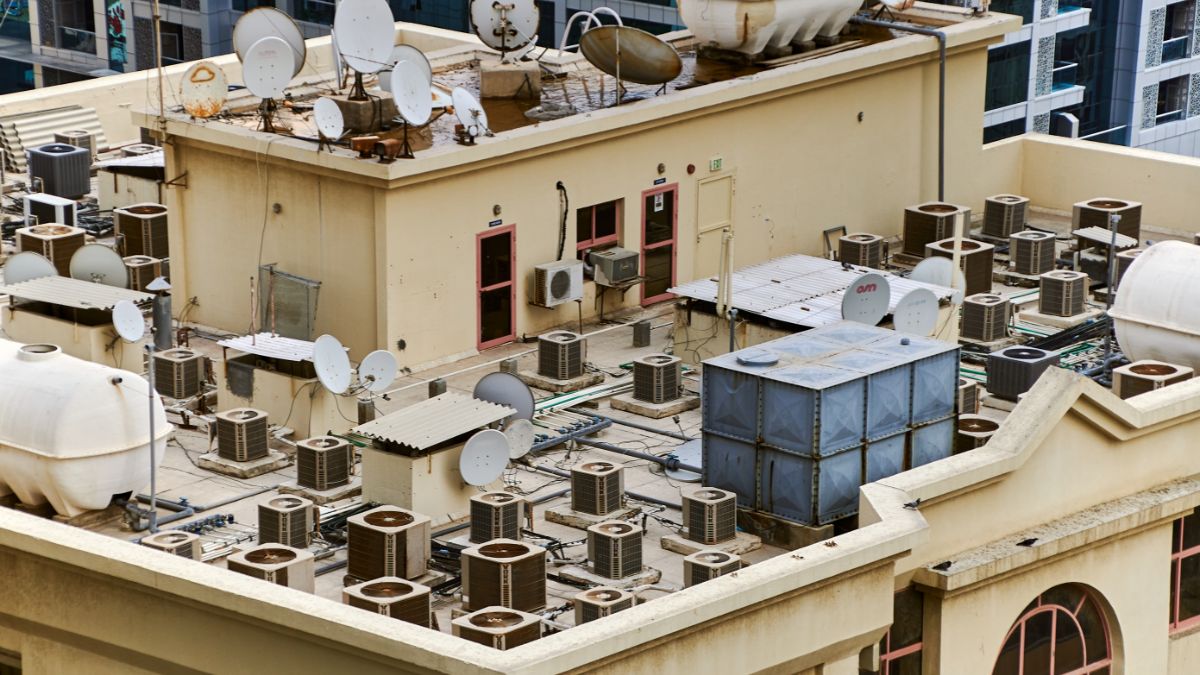United States. Cooling buildings in hot climates consumes six times more energy than in cold climates. This is stated by the Energy Information Administration (EIA) of the United States Department of Energy.
According to a study carried out by the government agency, an average of 0.7 thousand British thermal units (Btu) is needed to cool an office building in northern states such as Montana or North Dakota, while the energy intensity required to do the same in the southern states Texas Louisiana and Florida is 4.3 thousand Btu per square meter.
The study authors classified all U.S. states into five climate groups. In addition to the two groups mentioned above, the study covered states with cold weather (Nebraska, Iowa), where the specific energy intensity of air conditioning is 1.1 thousand Btu per square meter.
Meanwhile, this indicator stood at 1.9 thousand Btu per square meter in mixed temperate states (Kentucky, Virginia, Ohio), and 2.6 thousand Btu per square meter in warm climate states (Georgia, Alabama, South Carolina).
Need for air conditioning, the other variable
Climatic differences also affect the need for air conditioning itself. While in the northern states the HVAC of all premises was only carried out in 25% of the buildings included in the study sample, in the southern states the proportion of such buildings reached 52%.
However, it should be noted that, regardless of the weather, most of the buildings in the sample (98%) had air conditioning with electricity. Centralized water supply, which can be used to lower the temperature, was less popular in that regard.
More than half of the companies that own buildings surveyed (55%) reported using modular air conditioners, which are also used in homes. Units with built-in temperature control are also common, being used by 66% of participants in southern states and 48% of participants in northern states.
Growing energy demand
Generally speaking, air conditioning remains one of the main drivers of energy demand. According to the EIA, power generation in the United States reached 1,217 terawatt-hours (TWh) in the period from June to August 2022, exceeding the production of the previous three months (March to May 2022) by 25% (970 TWh) and the next three months (September to November 2022) by 23% (988 TWh).















